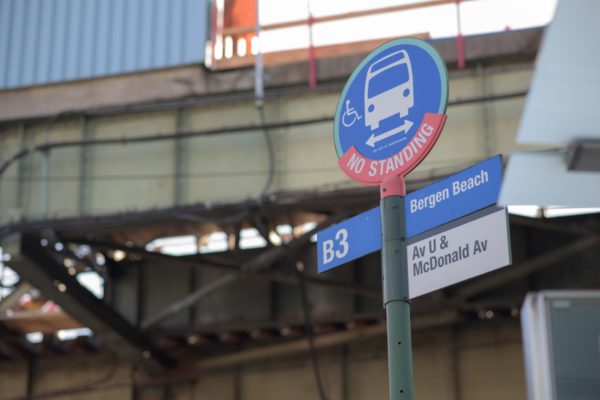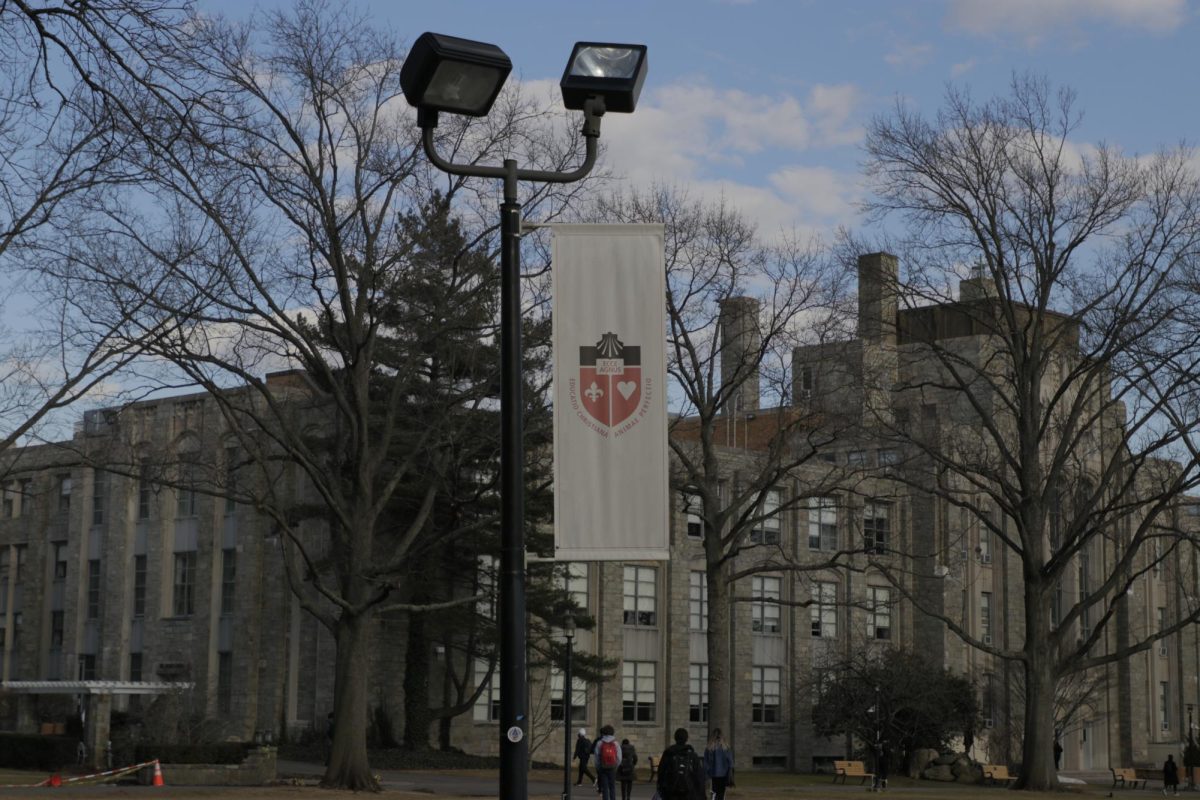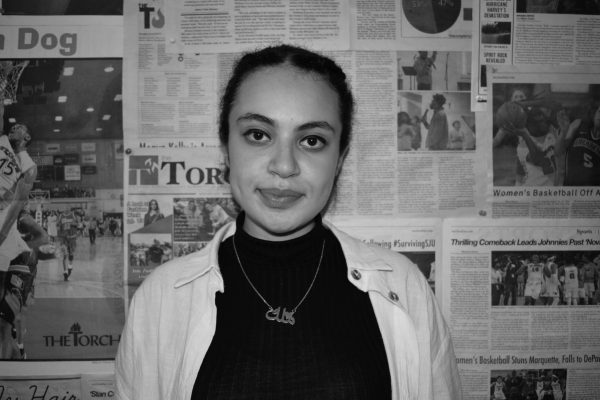
The Metropolitan Transportation Authority (MTA) increased fares on subways and buses on Aug. 20 from $2.75 to $2.90. According to the MTA website, additional New York State funding allowed for a 4 percent raise instead of a 5.5 percent increase, “The MTA is always working to cut costs and to reduce operating expenses and keep fares affordable for customers.”
According to the MTA, fares increase every two years, however, salaries generally don’t rise that often. While a 15 cent increase seems like a mere few pennies, frequent users of public transportation, like college students living off campus, can feel the drain on their bank accounts.
Full time college students typically take 15 to 18 credits per semester. Credit hours are designed to set up full time students to spend the same amount of hours towards their degree as someone working a full time job. This translates to a minimum of 45 hours of a combination of in and out of class course work per week. While many students receive financial assistance from their parents their parents or pay tuition through financial aid or loans, many still take on jobs to afford everyday expenses, such as public transportation. Assuming that a student works about 15 hours on weekends at New York state minimum wage, that sums up to $225 dollars per week. If this commuter student spends at least two fares each day for seven days of the week, this student will spend approximately 18% of their income on public transportation alone.
While MTA fares continue to go up, the quality of service doesn’t seem to rise with it. Headlines citing incidents and lack of security in subway stations don’t seem to disappear, such as the most recent random subway shoving on Chambers Street in Manhattan. Buses remain slow and overly crowded despite funding towards bus lanes and the new OMNY system, which, according to bus broadcasts, claim that buses will run more efficiently when every rider uses the system.
A reliable transportation system is one of the key reasons why students choose to stay or come to New York to earn their degrees. If using the MTA continues to get costlier without evident improvement, students may reconsider their options and New York may get less appealing.
Other cities in the United States have been moving towards free public transportation services. Mayor Muriel Bowser of Washington D.C. recently signed a bill that would eliminate fares on all public buses in the City. While D.C.’s population is a small fraction of New York’s, this bill could easily attract college students who want a cheaper experience in an environment that’s also metropolitan.
The MTA’s decision to raise fares every two years is unfair to everyone that commutes into and within New York. It’s particularly unfair to college students who are preparing for their future careers in one of the most expensive places in the country. The MTA should seriously reassess their policies regarding fare hikes.








